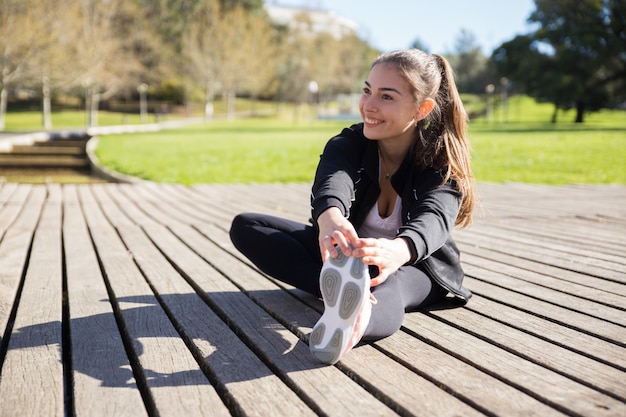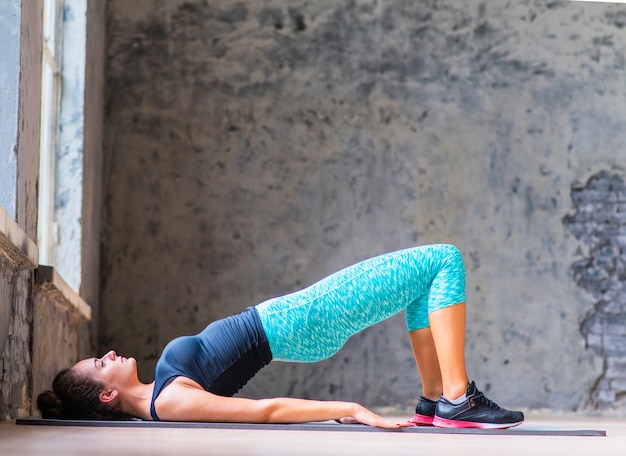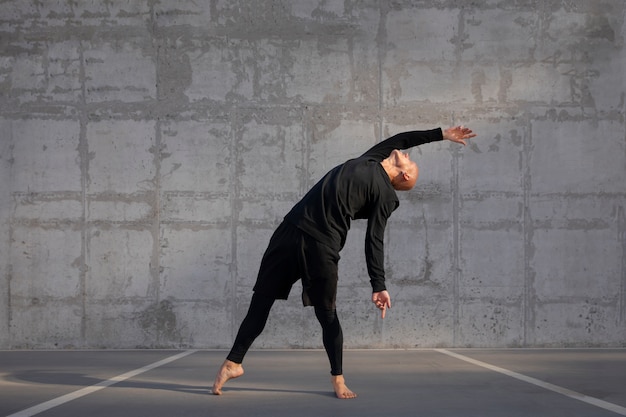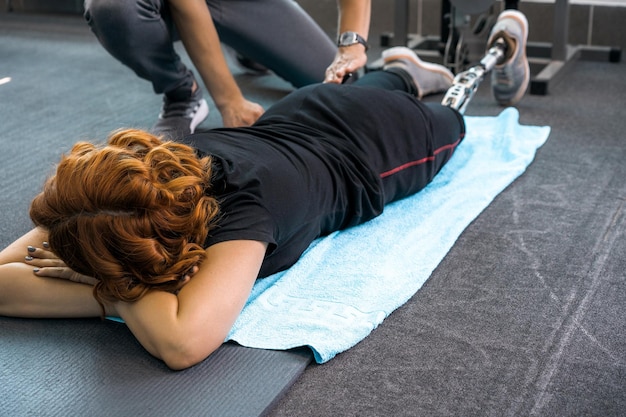
If you're a teen trying to move more, walk more, and feel better every day, one simple habit could make a big difference: stretching. But not all stretching is the same. Choosing the right kind—at the right time—can help you feel more energized, walk farther, and even increase your daily step count without burning out.
In this guide, we’ll break down the two main types of stretching—static and dynamic—and show you how each affects your ability to walk more. Plus, you’ll get clear, actionable steps to increase your step count with real progress checks designed just for teens.
Static stretching involves holding a stretch in one position for 20–30 seconds. Think of touching your toes and staying there, or pulling your arm across your chest and holding it. This type of stretching is best done after physical activity because it helps relax muscles, improve flexibility, and reduce tension.
While static stretching doesn’t warm up your body, it plays a key role in recovery. It helps restore mobility and encourages better blood flow—perfect after a long day or a walk.

Dynamic stretching uses movement to warm up your muscles. These stretches take your joints and muscles through their full range of motion—like leg swings, arm circles, or walking lunges. Unlike static stretching, dynamic moves get your blood pumping and prepare your body for action.
Experts agree: dynamic stretching is ideal before walking or any physical activity. It boosts mobility, reduces stiffness, and wakes up your nervous system—making it easier to start moving and stay active.

When it comes to walking more, dynamic stretching wins for pre-walk routines. It primes your body to move, reduces the mental and physical resistance to starting, and can even make walking feel easier.
Static stretching, on the other hand, is best saved for after your walk. It helps your muscles recover, reduces soreness, and improves long-term flexibility—so you’ll feel better the next day and want to walk again.
Use a phone, smartwatch, or pedometer to track your steps for 3 days without changing your routine. Calculate your average. This is your starting point.
Don’t jump to 10,000 steps right away. Add 500–1,000 steps to your average. For example, if you average 4,000 steps, aim for 5,000 this week.
Do 5 minutes of dynamic stretches before each walk:
After your walk, spend 5 minutes stretching:
Every Sunday, check your average steps for the week. Did you hit your goal? Celebrate with a non-food reward—like new music, a movie night, or extra screen time. Then, set a new goal for the next week.
This plan is designed with teen lifestyles in mind. It’s flexible, doesn’t require a gym, and fits around school and social life. Dynamic stretching takes just 5 minutes and makes starting easier. Static stretching helps you feel better afterward—so you’re more likely to keep going.
Plus, tracking progress gives you a sense of control and achievement. Small wins add up to big changes in your health, energy, and mood.
Stretch smart. Walk more. Feel better—one step at a time.

Fitness

Fitness

Fitness

Fitness

Wellness

Wellness

Wellness

Fitness

Fitness

Fitness

Fitness

Fitness

Health

Fitness

Health

Health